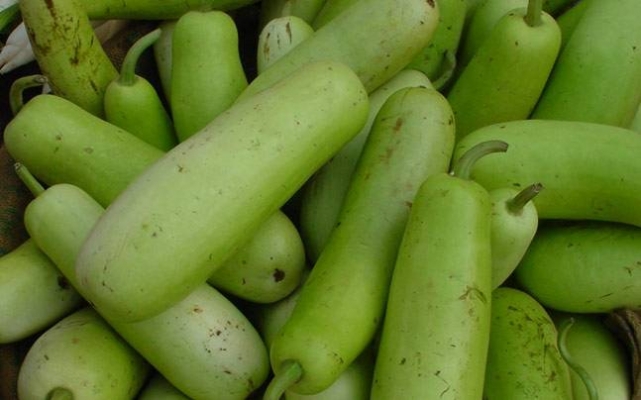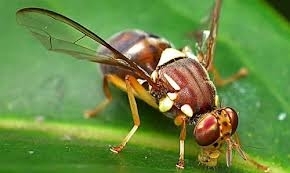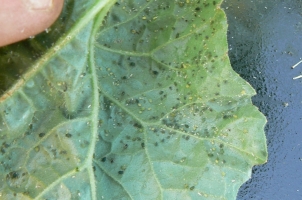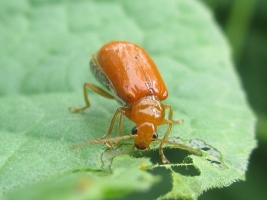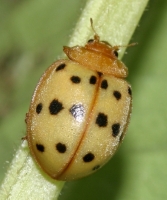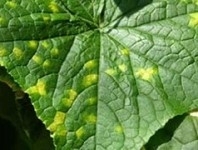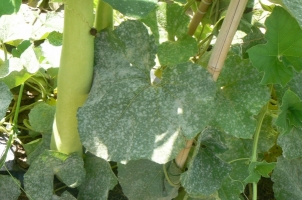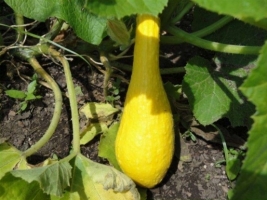Pusa Summer Prolific Long: Released by IARI, New Delhi. The plant attains the height of 60-70cm. fruits are light green in color, which has an average weight of 1.5kg per fruit. It is suitable for sowing in kharif and rabi season. It is suitable for sowing in whole India.
Pusa Summer Prolific Round: Released by IARI, New Delhi. The fruits are round and light in color, which have an average weight of 1.25kg per fruit. It gives good yield in kharif season. The variety matures in 80-85 days.
Pusa Meghdoot: Released by IARI, New Delhi. The variety is formed by the cross breeding between “Pusa Summer Prolific Long” and “Pusa Summer Prolific Round”. It gives an average yield of 105qtl/acre. The variety matures in 80-85 days.
Pusa Manjri: Released by IARI, New Delhi. The variety is formed by the cross breeding between “Pusa Summer Prolific Long” and “Pusa Summer Prolific Round”. It gives an average yield of 107qtl/acre. The variety matures in 80-85 days.
Pusa Naveen: Released by IARI, New Delhi. The variety is suitable for sowing in summer and rainy season. It has straight fruits, smooth and green in color which is 20-25cm long. It gives an average yield of 166-208qtl/acre.
Pusa Sandesh: Released by IARI, New Delhi. It has green color fruits, round and medium in size (800gm). The variety is suitable for sowing both in summer and rainy season. The fruits mature in 60-65 days in summers and 55-60 days in rainy season. It gives an average yield of 125-137qtl/acre.
Pant hybrid Lauki-1: Released by GBPAU, Pantnagar. It has green color fruits which are medium in size, long and the variety matures after 60 days of sowing. It is suitable for sowing in hilly and plain areas of Uttar Pradesh and Uttarakhand. It gives an average yield of 166qtl/acre.
Pant hybrid Lauki-2: Released by GBPAU, Pantnagar. It has green color fruits which are medium in size, and is cylindrical in shape. It is suitable for sowing in hilly and plain areas of Uttar Pradesh and Uttarakhand. In plain areas sowing is done in March-June month and in hilly areas sowing is done in March-April month. It gives an average yield of 166qtl/acre.

